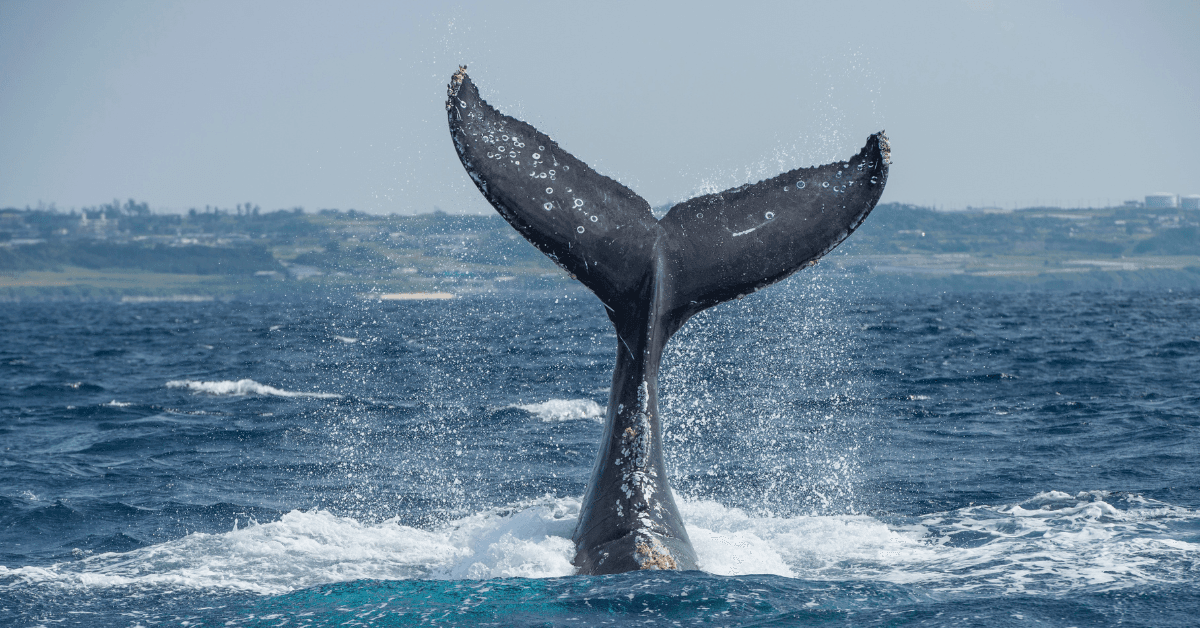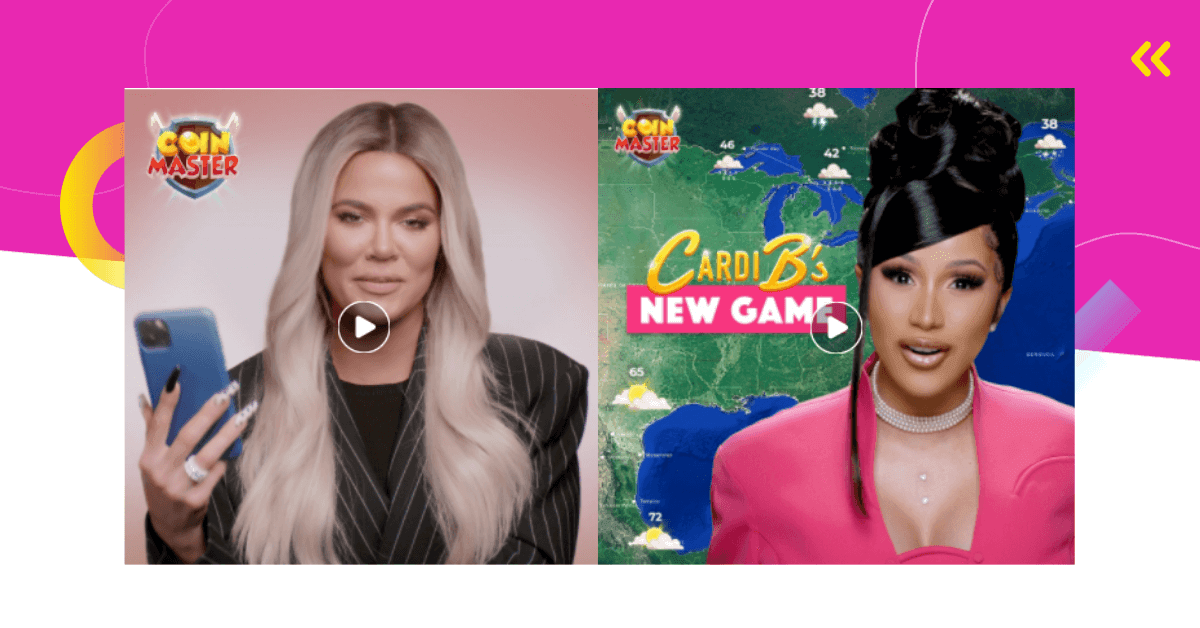If you’re in the mobile gaming business, you know that not all players are created equal. When it comes to revenue, a small fraction of your user base can make a disproportionate impact on your bottom line. We call them mobile game whales. But how to market to whales and, more importantly, keep them engaged once they download the game?
This article takes you through a comprehensive guide on how to spot potential whales, employ effective strategies to market to whales, and craft personalized experiences to retain them.
Let’s get started.
Types of Mobile Gamers by Spending Power
When you break down your mobile game’s user base according to spending habits, you’ll typically find three categories: minnows, dolphins, and whales.
Minnows are your casual spenders. They rarely make in-app purchases, and when they do, it’s generally for smaller items. Minnows form the majority of your user base but contribute the least to your revenue.
Dolphins are moderate spenders. They don’t shy away from making regular in-app purchases and can contribute a decent amount to your income. Though fewer in number compared to minnows, dolphins offer a steady stream of revenue.
And then there are whales. These are the users who spend big and do it often. They are few but mighty, and their financial contribution to your game can be enormous.
You might be surprised to learn that whales often contribute anywhere from 50% to 70% of a mobile game’s in-app purchase revenue, despite representing only about 1-2% of the total player base.
On the other hand, minnows, who could make up to 90% of your player base, usually contribute less than 10% of total revenue. The dolphins fall somewhere in between, balancing out the ecosystem.

Who Are Mobile Game Whales?
So, let’s dig a little deeper into what makes a whale, well, a whale.
In the mobile gaming sphere, a whale is a user who spends significantly more than the average player. We’re not talking about a few extra bucks here and there; we’re talking about players who are willing to spend hundreds or even thousands of dollars in your game.
As for their revenue share, whales can account for a staggering 70% of a mobile game’s in-app purchase earnings – sometimes even much more than that!
These aren’t just your regular customers; they’re your VIPs, and treating them as such is critical for your game’s long-term sustainability.
Whales are essential for several reasons.
Their significant financial contribution helps sustain ongoing development, allowing you to roll out new features and updates that benefit all players. Furthermore, the revenue from whales often subsidizes the free experience for your minnows, making it possible to offer high-quality gameplay without charging every user.
In essence, understanding how to market to whales is not just about boosting your revenue; it’s about creating a more sustainable and well-balanced gaming ecosystem.
How to Market to Whales: Tips & Strategies
When aiming to market to whales, your main strategy should be to analyze and go deep into whale behavior and then optimize your ad campaigns accordingly.
Here’s how.

Identify Potential Whales and Analyze Their Behavior
The earlier you can identify potential whales or understand their behavior, you’ll be able to optimize your ad campaigns and user experience to attract more of them.
So, what signs should you look for? Several behaviors could indicate a user is a potential whale, or on their way to becoming one.
High Engagement Levels
Whales usually log in more frequently and spend more time in the game compared to other players. They’re highly engaged, deeply involved, and they want to get the most out of your game.
Rapid Progression
These users often progress through game levels or challenges much quicker than average players. They’re not just playing; they’re excelling and are more likely to invest money to further amplify their gameplay.
Early Spending
Even if the initial amount is small, early spending within the first few days of playing can be a strong indicator that the player is willing to spend money in your game.
Response to Discount Offers
Do they jump at the opportunity to buy in-game items when they’re on sale? Whales often take advantage of discount offers, viewing them as opportunities to maximize their gameplay, not just as simple cost-saving measures.
Social Involvement
These users are usually active participants in your gaming community, whether that’s through in-game chats, forums, or social media discussions. This emotional investment often translates to financial investment.
Purchase Patterns
How long does a user wait between making purchases? Whales often have shorter intervals between spending, signaling not just a willingness but an eagerness to invest in their gaming experience.
Time Spent After Acquiring Extra Features
After making a purchase, especially one that offers additional features or capabilities, how much time do they spend in-game? Whales usually stay on longer, diving deep into the new content they’ve just unlocked.
The Power of Data Analytics in Early Identification
Data analytics is your best ally in this identification process. Tracking key performance indicators (KPIs) like session times, purchase frequency, and response to promotional offers can give you rich insights into user behavior.
Are they having longer sessions after unlocking a feature? Do they consistently respond to discount offers?
Advanced tools and machine learning algorithms can process this data to forecast future whale-like behavior, helping you preemptively tailor your marketing efforts to these high-potential players. You’re not just fishing in the dark; you’re casting your net with precision, aimed at capturing your future whales.

Optimize Ad Campaigns to Attract Whales
So you now know how to recognize whales in the ocean of players.
What’s next?
The answer lies in constructing a focused and agile marketing approach that’s based on laser targeting of paid user acquisition.
Here’s how to do it:
High-Value Messaging
When you’re looking to attract whales, your ad copy should resonate with their desires. Phrases like “Unlock Ultimate Power” are more appealing to them than a simple “Buy Now.”
Exclusive Offers Through Segmented Campaigns
Build specific paid user acquisition campaigns for your potential whales. Showcase the in-game items and features that this particular audience would find valuable. Think along the lines of rare equipment or elite membership packages that offer exclusivity.
Retargeting and Continued Engagement
It’s important to keep your game in the minds of potential whales. Use retargeting ads that show off exclusive content, high-value items, or limited-time promotions to entice them back into the game.
Optimized Bidding for High-Value Users
Since whales offer a higher Lifetime Value (LTV), consider raising your Cost Per Acquisition (CPA) bids when targeting them. The upfront cost may be higher, but the long-term revenue they bring makes it worthwhile.
Continuous A/B Testing and Analytics
Always keep an eye on the effectiveness of your campaigns by continuously testing different elements. This involves everything from the visuals to the messaging. Use this data to keep refining your approach.
Comprehensive Tracking
Regardless of the strategy, always keep your finger on the pulse. Use KPIs like ROAS, engagement rate, and CPA to measure the success of your campaigns targeted to attract whales.
Customizing User Experience for Whales
Once you’ve got those elusive whales on the hook, the next step is to keep them engaged and satisfied through a carefully curated user experience.
Remember, for whales, it’s not just about gameplay; it’s about feeling valued, special, and engaged at a deeper level.
Personalization Techniques
- Dynamic In-Game Environment: Personalize the game environment based on their preferences and past behavior. If you notice a whale leans towards certain types of in-game purchases or engages deeply with specific elements, make sure those are readily accessible.
- Custom Notifications: Use personalized push notifications based on in-game behavior. If they’ve just completed a high-level quest, why not notify them about an exclusive item that could enhance their next quest?
Exclusive Offers and Loyalty Programs
- Limited-Edition Content: Whales love exclusivity. Offer limited-edition items or features that are only available to top spenders. This not only adds a layer of exclusivity but also encourages other players to increase their spend to get in on the action.
- Loyalty Programs: Tiered loyalty programs that reward players based on their spending can be highly effective. Offer escalating rewards that become more exclusive and valuable as the whale continues to engage and spend in the game.
Impact on Lifetime Value (LTV)
Implementing these features does more than just keep your whales happy; it maximizes their lifetime value (LTV). Customization and exclusivity not only encourage whales to stick around but also to continue spending. A personalized experience enhances their emotional investment in the game, leading to long-term loyalty and, consequently, long-term revenue.
Final Thoughts on How to Market to Whales
The most important thing to remember is that attracting and retaining whales is not a one-off effort; it’s a continuous cycle of identification, targeted marketing, and personalized user experience.
By employing strategic techniques, you can effectively market to whales, ensuring a consistent revenue stream for your mobile game. It’s all about understanding their unique behaviors and preferences, as well as leveraging that knowledge into a customized, engaging experience.
So, how do you approach the whale demographic in your mobile game? Feel free to share your strategies and insights in the comments below.







Comments